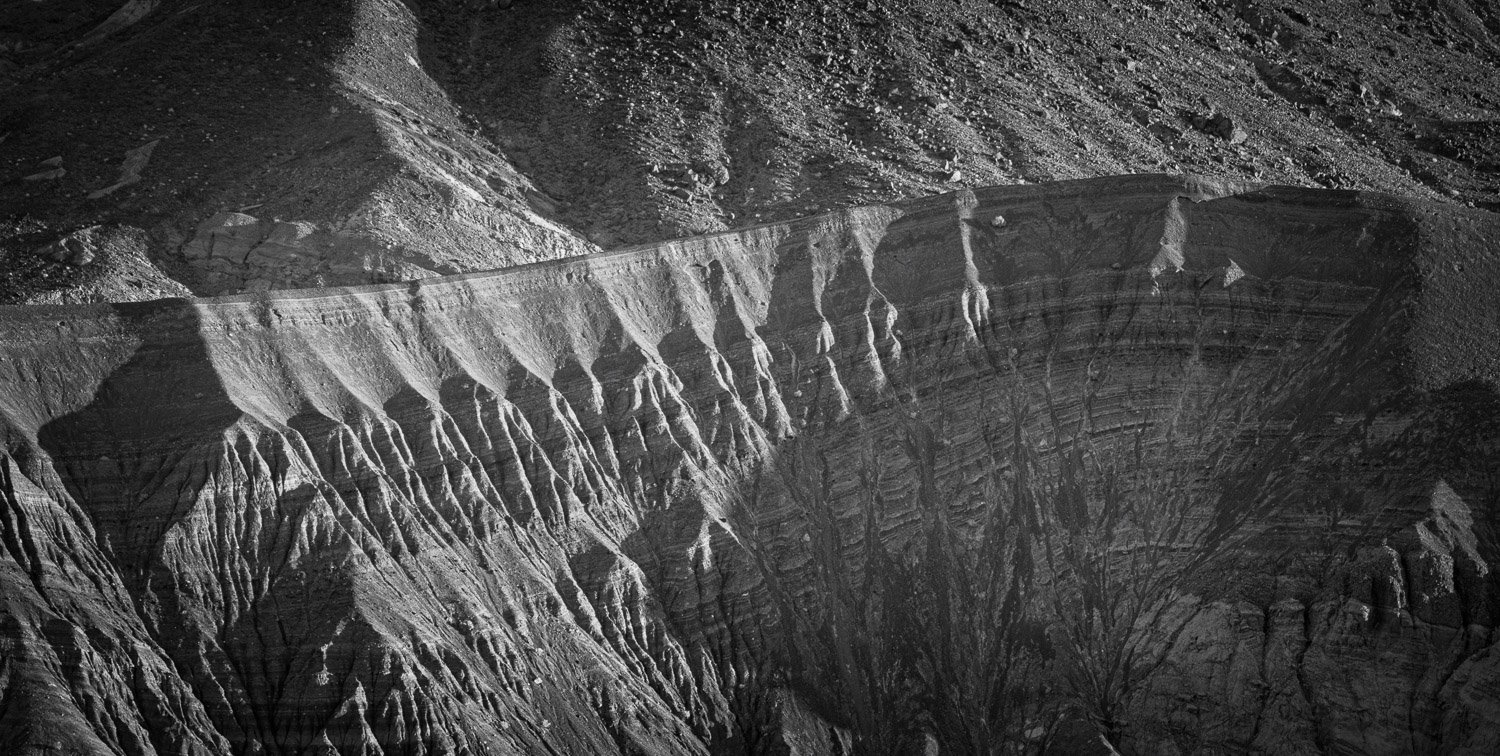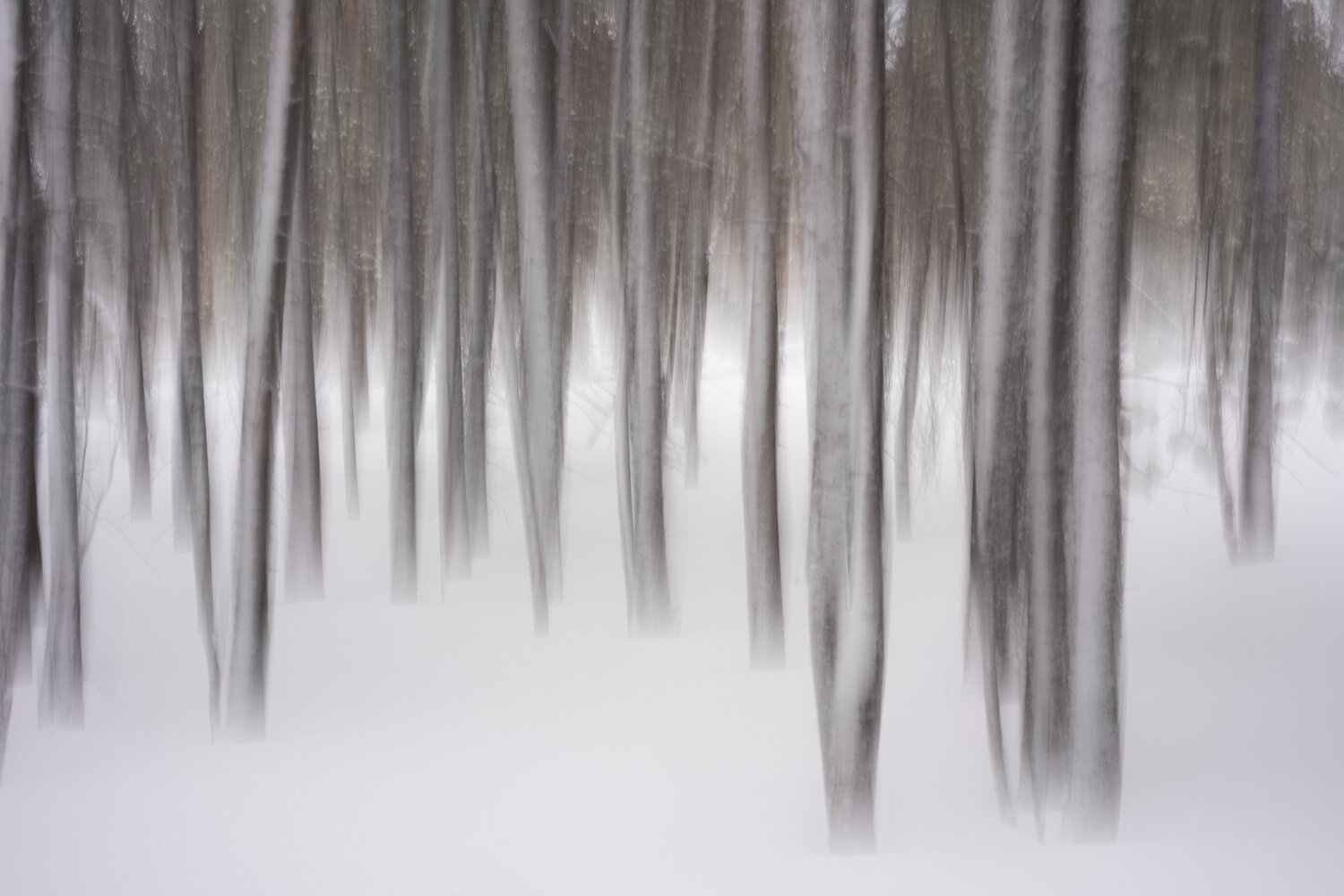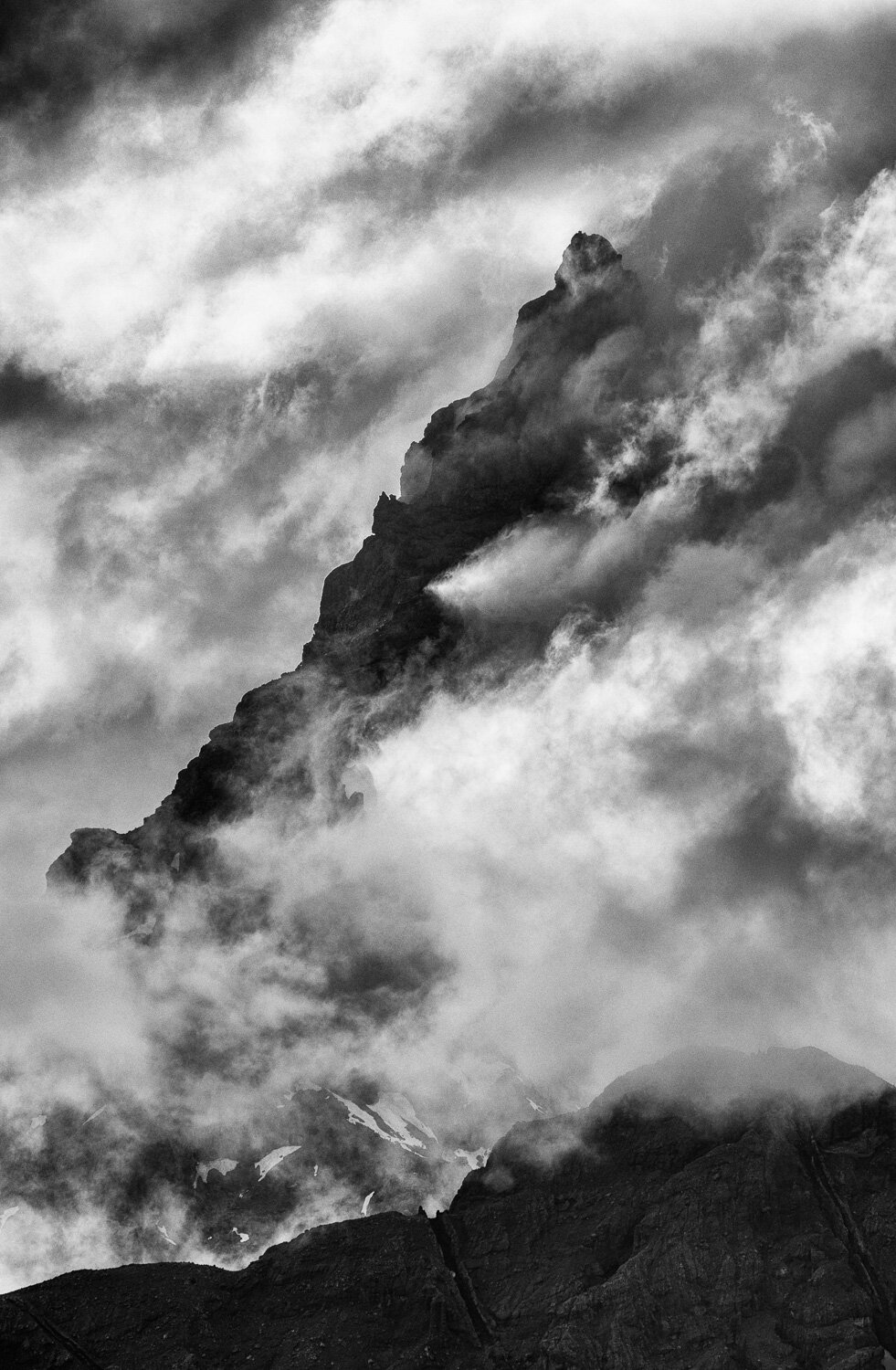it’s been quite some time since i last posted. i’ve been extremely busy with a number of different shows in galleries and truthfully got a bit burned out. so i’ve done very little with my website and my blog has been forsaken. i apologize for that to those of you who follow it.
last we spoke i was going through some thoughts on how to edit for feeling. i concluded by saying that i’d follow up with thoughts on things i could do in photoshop after the general editing within lightroom. but since then, lightroom came out with a huge update that does a big part of what i used to use photoshop for - masking. i used to use luminosity masks extensively in photoshop and other masking options that were either only possible in photoshop, or easier to execute. but this latest update really makes most, if not all, of these scenarios possible in lightroom. the truth of the matter is that at this point, i use photoshop to clone out dust spots or minor distractions as well as to add some “dimensionality” via Silver Efex Pro, Color Efex Pro and smart objects. i won’t go into those things here, but did want to follow up on the fact that photoshop is finding less and less of a place in my editing workflow. i may revisit these masking capabilities within lightroom at a later date, but for now let’s move on.
finally, some thoughts on NFTs, and i have a few of them - thoughts, not NFTs. NFT stands for non-fungible token - a token that cannot be changed. it’s essentially a “contract” where a digital asset (or more appropriately, a “link” to a digital asset) is sold. they’re growing in popularity in the art world. they can be used to version an artist’s digital assets and they’re also a great way to ensure the artist actually sees a percentage of any future sales of their work. (currently, second hand markets offer nothing to the original artist) it’s a rather new phenomenon, and as such feels very much like the wild, wild west in terms of people going crazy and spending like there’s no tomorrow. some are making loads and loads of money in the space, while others are finding zero traction. some may say there are other benefits to cryptocurrencies in general, but i’m only speaking of NFTs and not crypto in general.
there are some notable disadvantages of buying/selling NFTs. first of all, there’s no physical item being sold. that may not be a disadvantage to some, but as an artist trying to be expressive in my work, it’s a pretty big disadvantage. have you ever re-framed an art piece and thought the item had a much bigger (or smaller) emotional impact on you as the viewer? this can be lost in selling a digital piece of art. the paper i use is chosen for each particular image and to express the exact things i want expressed. the mat is chosen based on the size of the piece, but also the color and the core of the mat are chosen to further evoke emotion from an individual piece. the frame itself can add (or detract) to the emotional feelings of the viewer as well. as someone who’s always striving to wring out whatever possible emotional impact i can on a viewer, it makes very little sense for me to sell digital assets and forego the additional emotional impact that can be had through choice of paper, ink(s), print type, mat and frame.
NFTs are in the domain of cryptocurrencies. cryptocurrencies are based on “proof of” algorithms. there is proof of work and proof of stake. we’ll touch on proof of stake later. proof of work requires entities to prove they’re working - this is also often known as mining. different “problems” are offered as needing solution and computers offer their spare processing cycles to help solve the problem. sometimes these problems are verification of the blockchain being secure. once a problem is solved, those working on the problem are thrown in a lottery for a bit of cryptocurrency. as the cryptocurrency becomes more valuable, more people volunteer to “mine” or work and the problems become more and more difficult. in essence, as cryptocurrencies based on proof of work grow in value, they require a) more people to jump on board to “work” or mine and b) less cryptocurrency to be doled out given the increased people jumping on board. in essence, this is a “trading” of the electrical power to run the computers doing the work for the chance to enter a lottery for some cryptocurrency. proof of work algorithms run on electrical output, and as they grow, so grows the electrical output needed.
who uses proof of work algorithms? bitcoin and ethereum are the two biggest, with ethereum being the most relevant to NFTs. ethereum is the most relevant because that’s the only platform where NFT sales have made any headway. it’s where artists are going from the poor house to millionaire status overnight. the other NFT platforms…crickets - at least in regards to NFTs as of this writing. to make a long story short, proof of work algorithms are adding to the climate change issue the world is facing, and NFTs play a part in that as they’re primarily using ethereum, which uses proof of work.
a European artist and conservationist tracks his carbon footprint religiously. a year ago he offered a few of his pieces as NFTs and his carbon footprint calculations showed that the majority of the increase was based on his creation of NFTs. to create an NFT, an artist must “mint” the piece, which requires a lot of this mining or work to be done. according to his calculation, he could run his art studio for two years for the “price” of minting six of his pieces of art. that’s just to “mint” or release your work. if you happen to sell a piece, it’s bought with cryptocurrencies, which are generated by…proof of work algorithms and the lottery. and as more and more people jump on board, the price will become more expensive from a resource usage.
there are often counter arguments from the NFT community when the issue of climate change and their contribution towards it is raised. many will point out that ethereum 2.0 is right around the corner, and it uses proof of stake, rather than proof of work. each cryptocurrency using proof of stake uses different forms of “stakes.” for instance, one cryptocurrency offered wifi hotspots as stakes, so setting up a wifi hotspot included you in the “stake.” they monitor if your node stays online and throw you in a lottery after a given time for a piece of cryptocurrency. there is no mining, solving problems, etc. though in this particular case, there is still the functioning of a hotspot. these stakes could be things not requiring electricity as well - perhaps donations to charities, etc. with regards to ethereum 2.0, it’s been promised for quite some time and still isn’t here. whether it actually ever gets here is a source of wonder for many. there are other cryptocurrencies out there using proof of stake and offering much greener methods behind the scenes, but unfortunately those aren’t seeing NFT sales at this point.
a good number of people state that the NFT “train is running” regardless of whether you get on board, so might as well get on board. the issue is, the “tickets” get more expensive the more people that get on the train. by “hopping on board,” we’re merely adding to the cost for future people to board the proof of work cryptocurrency bandwagon.
an argument is often made that a large majority of the energy being used to mine proof of work algorithms, is green energy. i’m not aware of any actual proof that that’s the case. even if it is the case, it’s using green energy for what amounts to a pyramid scheme, when that green energy could be used to actually power people’s homes. one of those things is what most would regard as a necessity, while the other is just a get-rich scheme.
i’ve stated on multiple occasions (or at least think that i have) that one of my goals of photography is to inspire people to do more to conserve the environment for future generations. i can’t in good conscious, offer my work as NFTs just to make a buck and still stand by my goal of inspiring people to do more to conserve it. even if my goal wasn’t to inspire others to conserve what’s left of the wilderness that exists, it seems hypocritical that any landscape photographer would photograph images depicting the beauty of nature while contributing knowingly to its destruction, all for the sake of profit. finally, since i consider myself an expressive photographer, NFTs remove the ability to further evoke emotions from the viewer. overall, it’s an easy decision to not offer my work in the form of NFTs.
should you offer it? i’m not here to tell others what to do, only to inform and say why i do some of the things i do. if you’re undecided regarding offering your work as NFTs, let your conscious in on the decision and follow it now that you hopefully know a bit more about it.





















